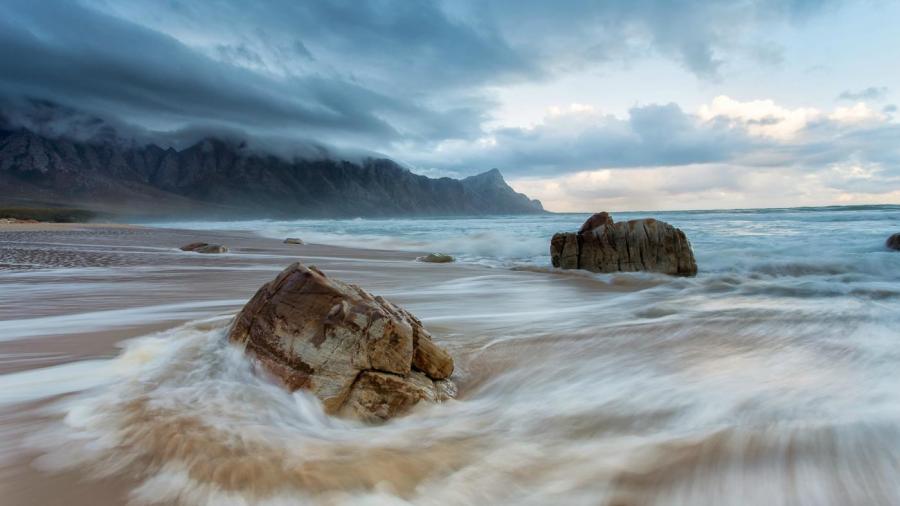What Are Some Water Erosion Facts?

Water erosion occurs when moving water carries away bits of rock and dirt. There are four types of water erosion: sheet erosion, rill erosion, gully erosion and bank erosion. All of these depend on the type of land being moved by water. This type of erosion creates valleys, canyons, shorelines and cliffs.
Sheet erosion moves soil from raindrop splashes and runoff water. This occurs evenly and over a gradual slope. Rill erosion concentrates in a small dip in the landscape and causes a well-defined channel. Gully erosion expands a rill over time to form a large rift in land. Bank erosion occurs due to the natural flow of streams and rivers.
Streams and rivers erode land in three ways based on the water’s velocity. They erode soil by carrying sediment away from their original locations, dissolving ions in hard sediments and striking bedrock with fast-moving particles. Hydraulic action of the water picks up small particles and carries them downstream. These fast-moving particles gradually chip away at bedrock, causing even more erosion.
The process of water erosion in the United States moves 4 billion tons of soil every year. One rainstorm can wash away 5 tons of soil per acre. As much as $20 billion is spent annually to replace soil nutrients lost due to erosion.





